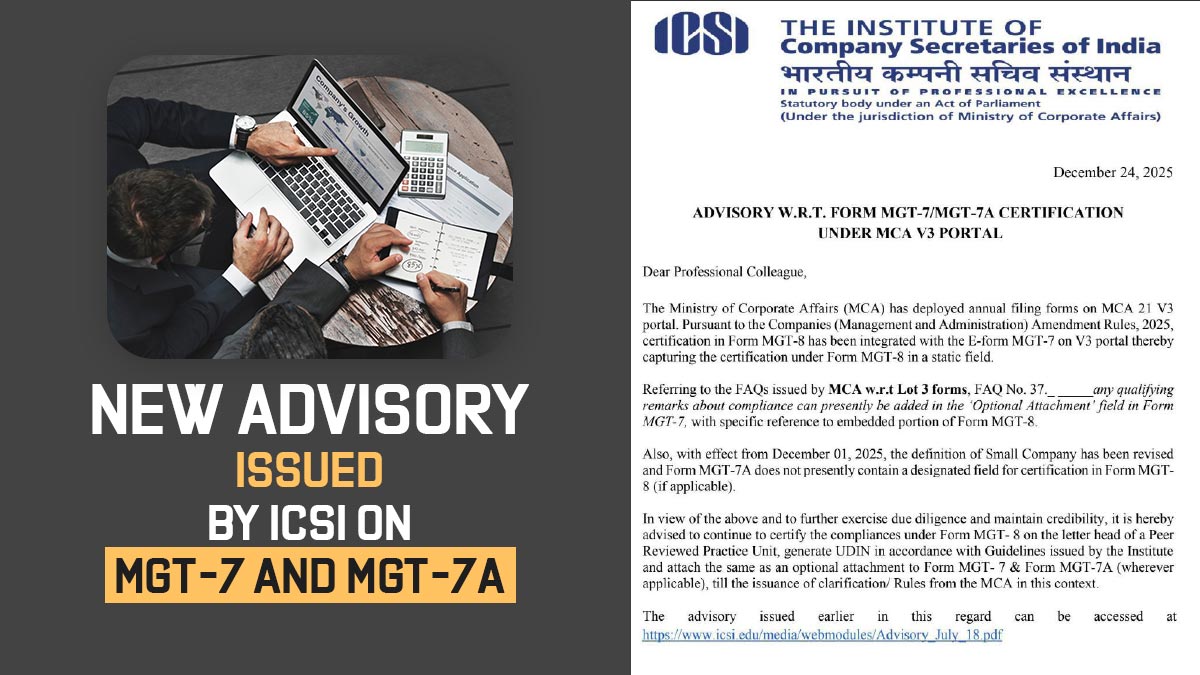
At the present time, there are 2 tax slabs – 5% for bills below Rs 999 and 12% towards the bills apart from that.
GST official has specified that the GST price amendment from the date Jan 2022 so as to improvise the inverted duty plan towards the Footwear and textile sector. GST is subjected to be applicable with a 12% rate on all the footwear whatever be the cost of the same whereas barring cotton all the textile products consisting of the readymade garments shall need to pay the 12% GST.
Latest Update in Footwear & Textile Sector
- 5th January 2022: Vadodara & Surat footwear traders have protested through shops shut down called by All India Footwear Association against 7% hike GST rate on footwear products.
- 31st December 2021: “The 46th Council meeting recommendation has concluded to defer the decision to revise the GST (Goods and Services Tax) rates in textiles.” Read more
Consequence Analysis About Textile & Footwear Sector
- The normal person will need to furnish an extra 7% if they draw everything at 12% to rectify the inverted duty. It shall rise in cost at a 7% rate.
If an additional 12% gets a surge in the GST rate then the industry also urges for an increase in the working capital needs specifically towards the MSME textile manufacturers. - A rise of 5 to 12 per cent in garments of less than Rs 1000 will lead to a drawback for the industry. An unaccounted business shall rise to a larger extent.
Covid-19: The industry which holds the biggest number of employers got the setback in the covid outbreak. A straight 50% drop is seen in sales as there were no social gatherings also individuals are working from home. The impact occurred on the spending limit of the people. - The domestic market demand has declined deeply and in the circumstances, a rise in the GST of 12% will lead to a further downfall in demand and hit the condition of the people. It is directed towards the loss of jobs along with salary reductions.
The rates in the garments are already down with 20% in the previous year as of the rise in the rates of the cotton and the other fibres. Moreover, the rise in the prices might affect the small garment manufacturers in a bigger way. - Women get affected the most as the majority of the workers in the garment sector are women. The investigation via Garment and Textiles Workers’ Union (GATWU) found that there are nearly 60 garment factories that are shut down and close to 40000 women have lost their jobs in Bengaluru itself during the time of the pandemic.









